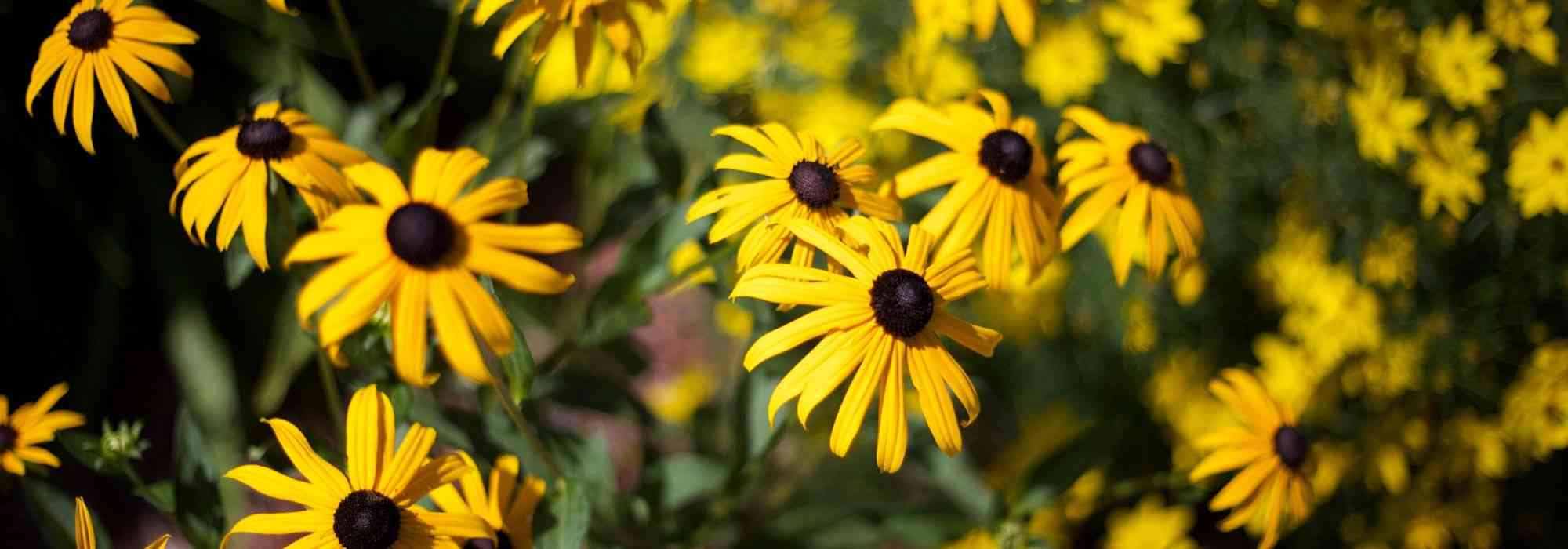
10 perennials with yellow flowers to add to the garden
A selection of the best varieties
Contents
Sources of light and warmth, they catch the eye and set your garden aglow. From pale yellow, buttery and vanilla tones to canary and the lovely golden yellow that brightens beds and enchants borders, there’s bound to be something to suit you! Here is our selection of perennials with yellow flowers to add to your garden straight away.
Euphorbia characias ssp. wulfenii
Pretty bushy, decorative perennial, this Euphorbia des Garrigues displays, as winter ends, delightful tangy yellow flowers that bloom abundantly from March to June. It produces substantial inflorescences that burst from the tops of glaucous stems. Withstands winter temperatures well provided soil is well drained.
Sun-loving plant, Euphorbia characias subsp. wulfenii favours rich, well-drained neutral to calcareous soils. If happy with its position, it can spread to 1 metre in width, without being demanding in water.
Whether planted alone or as part of back of border, it looks stunning with sparkling tulips ‘West Point‘, or a yellow peony (‘Bartzella’, ‘Alice Harding’) and pretty wallflowers ‘Bowles Mauve’. If you stick to violet/purple shades, consider Alliums ‘Violet Beauty’ or ‘Purple Sensation’ or a mixture of both for a lovely natural gradient. Combinations with tangy colours give best results.
Yellow foxglove
Elegant perennial with a slim silhouette, the Digitalis lutea is notable for its longevity as well as its remarkable pale yellow, elongated bell-shaped flowers held on fine stems.
It flowers abundantly from June to August, offering a striking display to admire. Yellow foxglove is also very hardy, down to below -15°C.
Originally found in woodland, it nevertheless enjoys sun. Fresh to dry, humus-rich, free-draining soils are its favourites.
To combine well with its pastel yellow, pair it subtly with perennials in soft tones: hardy geraniums (such as the long-flowering duo ‘Orion’ and ‘Patricia’), woodland euphorbias, woodland sages (‘Amethyst’, ‘Reine Rose’), Phlomis and Sanguisorba menziesii.
Discover other Yellow flowering perennials
View all →Available in 0 sizes
Available in 1 sizes
Available in 1 sizes
Available in 1 sizes
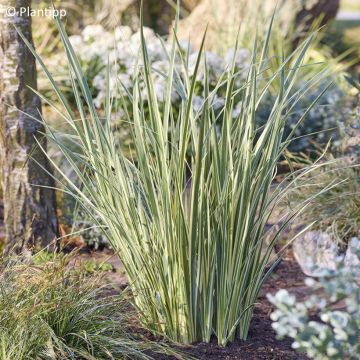
Available in 1 sizes
Available in 1 sizes
Available in 1 sizes
Available in 1 sizes
Available in 2 sizes
Available in 1 sizes
Yellow hellebore Guttatus
Also known as the “Christmas Rose”, this hellebore is a beauty of nature. With its late-winter flowering, it brings a touch of cheer to shaded areas of your garden from February to April. Its soft pale yellow colour is very bright and its small purple pits adorn the very centre.
It is a very hardy plant that tolerates cold well. However, remove leaves damaged by wind and prolonged frost in winter before flowering. Hellebore flowers do not fade but dry out.
Hellebore ‘Yellow Guttatus’ tolerates shade well, and it is quite indifferent to the pH of your soil. It will nevertheless thrive in rich, fresh and well-draining soil.
In planting combinations, they are perfect companions for trees and bushes that shelter them from the scorching summer sun and allow them to catch light in winter: at the foot of a majestic Hamamelis ‘Arnold Promise‘ with yellow winter flowering, for example.
To create a lovely contrast, you can position it alongside Heucheras ‘Ginger Peach’ or ‘Georgia Plum’, with very colourful foliage, or near narcissi, muscaris and other tulips in joyful shades.
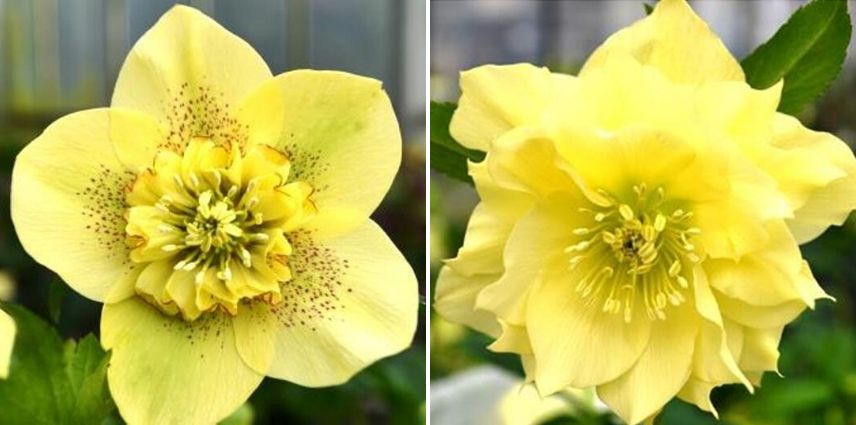
There are several yellow hellebores such as the Hellebore Anemone Yellow Guttatus we have just mentioned, but the Hellebore Double Yellow ‘Primrose’ also deserves attention!
Achillea 'Moonshine'
Essential plant for cottage, naturalistic and country gardens, Achillea ‘Moonshine’ shines with its flowering wild lemon-yellow that lasts a long time. From June to September, it unfolds its golden-yellow heads, standing out clearly from the feathery, dissected grey-green foliage, all lightness.
A very good groundcover, it likes dry, sunny soils, even rocky and poor. A real tough one! Very easy to grow.
Place it at the back, behind low-growing plants such as the Stipas and paired with vibrant colours like those of Eremurus ‘Pinokkio’, Aster dumosus ‘Rosenwichten’, Salvia ‘Mainacht’ or even Cosmos sulphureus ‘Cosmic Orange’.
Tansy 'Isla Gold'
Sun-loving plant with many virtues, Tanacetum ‘Isla Gold’ or ‘gold-leaved tansy’ is the plant to choose to brighten your garden. Aromatic, with very fragrant foliage, it has a striking flowering thanks to its many golden heads reminiscent of Achillea millefolium. This variety, which grows to 50 cm tall and is hardy, can also brighten and beautify your bouquets, whether fresh or dried.
In full sun or partial shade, it shows its full potential when planted in rich, light, cool, loose and well-drained soil. It requires little maintenance once planted.
It fits easily into wild and cottage-style gardens, paired with Echinops ritro, Perovskias, Persicaria amplexicaulis ‘Rosea’ and ‘Alba’, Sedums ‘Purple Emperor’, Heleniums ‘Moerheim Beauty’ and Eupatorium maculatum ‘Atropurpureum’ at the back of the border.
Corydalis 'Canary Feathers'
A touch of exoticism with the radiant Corydalis ‘Canary Feathers’, a real ‘flowering machine’ for anyone wanting to brighten shaded areas of their garden. Its fern-like, blue-green dentate foliage enhances the contrast with its very showy tubular yellow ‘Canary’ flowers.
It declinates into several uses, from groundcover, which spreads slowly via stolons, to pretty flowering baskets, and decorating small shaded walls.
Its flowering, from May to July, will be long in fresh, well-drained soil and under cool climate as well. Intense summer heat could take its toll and send it into dormancy. But no need to worry, it will flower again in autumn.
Beware of frost!
It will thrive in chalet gardens and rockeries. Freshness is THE key to keeping Corydalis healthy, so you can plant it at the water’s edge, with some ferns, Carex and Miscanthus for a very light, natural look.
Rudbeckia 'Goldsturm'
Also called Autumn Sun, a name that suits it well, this Asteraceae is one of easiest plants to grow! Melliferous, it astonishes with its rapid growth that produces a mass of pretty lemon-yellow flowers with brown centres, resembling large daisies. Its flowering lasts from mid-July to October, and can even extend into November if climate is mild.
Fairly tall, between 60 and 80 cm, Rudbeckia ‘Goldsturm’ is very hardy (down to -25°C) and also very robust. It does not fear wind wear, rain, nor drought or scorching heat. This Rudbeckia will always present a neat, tidy, well-kept appearance.
Like all Rudbeckias, it prefers a sunny position to express its full flowering potential, in ordinary, well-drained soil.
On fading, it retains its dark centre. You can choose to cut it back, or leave seedheads perched on stems to harvest seed.
Surround with other perennial plants with late flowering such as Sedums, Eupatoriums, Persicarias or Dahlias. Also consider ornamental grasses (Miscanthus, Stipa…). You can create a very pretty late-season picture with Miscanthus ‘Kleine Fontäne’ with superb purple spikes in late summer or why not a subject with foliage variegated with yellow to echo colour: ‘Zebrinus’, ‘Strictus’, ‘Gold Bar’ or ‘Little Zebra’. Just take adult size into account to place in border (foreground or background) as some varieties are smaller than others. Punctuate border with a few Dahlias in yellow or orange tones; Dahlia ‘Glory of Heemstede’ would be perfect. Finally, add purple Sedums such as ‘José Aubergine’ or ‘Dark Magic’.
Solidago 'Gold King'
Like its cousins the asters, Solidago is highly prized for its late flowering, which subtly links summer and autumn flowerings. But the main characteristic of this ‘Gold King’ variety, with its soft light green foliage, is its impressive display of golden panicles that reach 80 cm in height with a spread of 50 cm. Flowering occurs from July to September. Unusual, in the form of feathery pyramidal spikes, it is also much sought after by bees and other pollinating insects for its nectar and pollen.
This variety boasts notable hardiness, tolerating temperatures below -15°C.
This Solidago adapts to all types of garden, in full sun, in rich, cool soil. Take care, however, to shelter it from wind. Personally, mine appreciates being mulched at the base in summer to keep soil cool. Its sworn enemies are excessive heat and water, which unsightly cause powdery mildew to appear on the foliage.
Ideal in a mixed border, because it provides wonderful structure, it pairs perfectly with Perovskia and sages with blue-violet hues such as sage ‘Crystal Blue’ or with Kniphofias for a contrast in form. Effect is also superb with Rudbeckia triloba and a deep purple aster such as ‘Violetta’. If you have a pond, planting it at the water’s edge will only enhance the setting.
Its leaves and flowers can be used in infusions for herbal medicine. It also has medicinal properties, notably for kidney function.
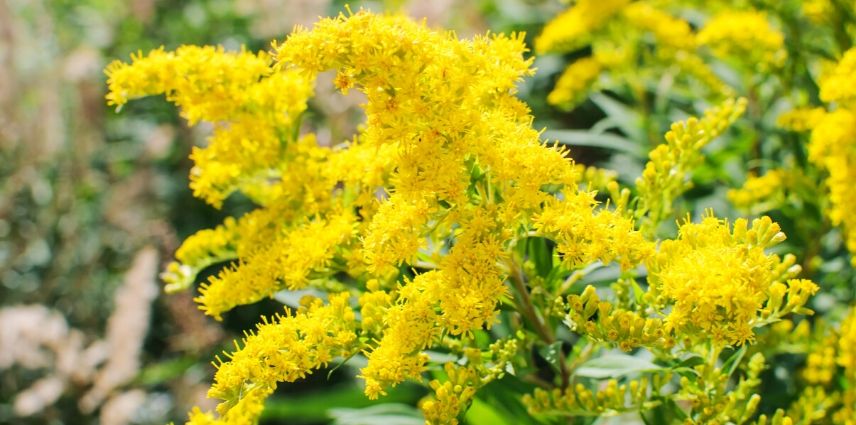
Russell's Phlomis
Sumptuous groundcover perennial, easy to grow and low-maintenance, Phlomis russeliana is the plant every lazy gardener loves to have in their garden!
Native to Turkey, it grows there on edges of wood and forests, beneath conifers, giving strong hardiness (down to −20°C).
It displays, on its decorative grey-green rosette-like downy foliage, several whorls of rigid flowers arranged in nival zones of a beautifully nuanced yellow! Indeed flowers open from June to August, from centre outwards, upper lip clothed in cream yellow, while lower lip is adorned with a bright vivid yellow.
Discreetly, it hides decomposition of its old leaves beneath new ones for a tidy, elegant appearance.
It will thrive in full sun to partial shade, in rich, cool, free-draining soil without excess water.
Pair it with handsome Rose campions, Monardas, sages with intense blue spikes (‘Caradonna’, ‘Ostfriesland’, ‘Lubecca’), Physostegia, Stipas and California poppies. Add some Miscanthus in the background.
Alyssum saxatile 'Goldkugel' or Basket of Gold with yellow flowers
Best saved until last, ‘Corbeille d’Or with yellow flowers’, my favourite! Having formerly worked as a researcher in variety selection of oilseed rape — you know those all-yellow fields that brighten countryside in spring — this plant reminds me of that beauty! (they also belong to same family, crucifers).
Very floriferous and melliferous, it reveals itself from April to May as sparkling yellow clouds, made up of clusters of numerous small yellow flowers. It even tends to hide its grey-green foliage with its vigour.
At end of May, pinch stems of your Alyssum to make them ramified; this will help plant retain a compact, well-filled habit. Also cut back faded branches; plant will look all the more beautiful.
If you travel, keep an eye out — it is often found in south-east Europe, clinging to low walls and rockeries, which it divinely enhances.
Fond of stony gardens and growing without need for much soil, it nevertheless requires that soil be well drained. You can also plant it in a hanging basket; its lovely cascading habit will charm you.
This plant loves full sun, even under scorching heat. Watering is not necessary except in case of prolonged drought.
Myosotis sylvatica, Iberis sempervirens ‘Snowflake’, Aubrieta ‘Cascade Purple’ will be perfect companions for our Corbeille d’Or, creating a gradient from violet to blue through pink and white. Consider dwarf conifers and heathers too to adorn a rockery all year round. Conifers are back in the spotlight — discover our article: “5 reasons to plant conifers in the garden“.
They also dress nicely the base of small bushes such as lavender or shrubby sages.
Further reading…
Ready to dare to use yellow in your garden?
- Discover how to tone down and pair this colour in the garden thanks to Michael;
- And head straight to our site to discover our wide range of perennial plants with yellow flowers.
- Subscribe!
- Contents
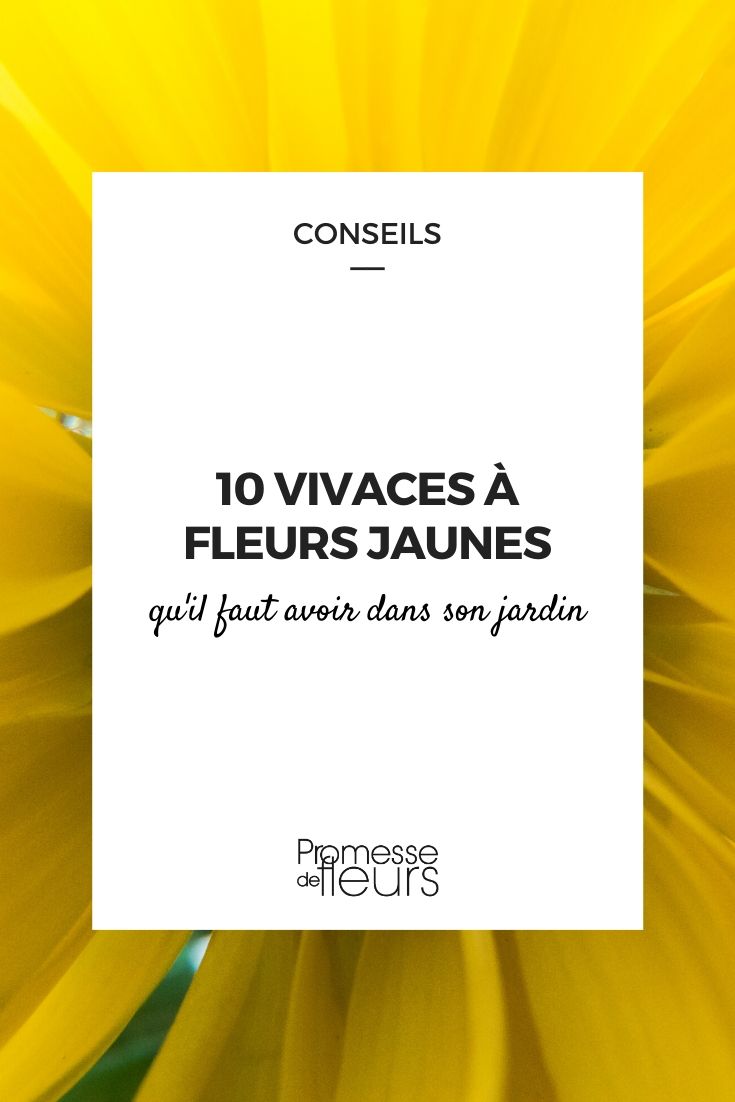































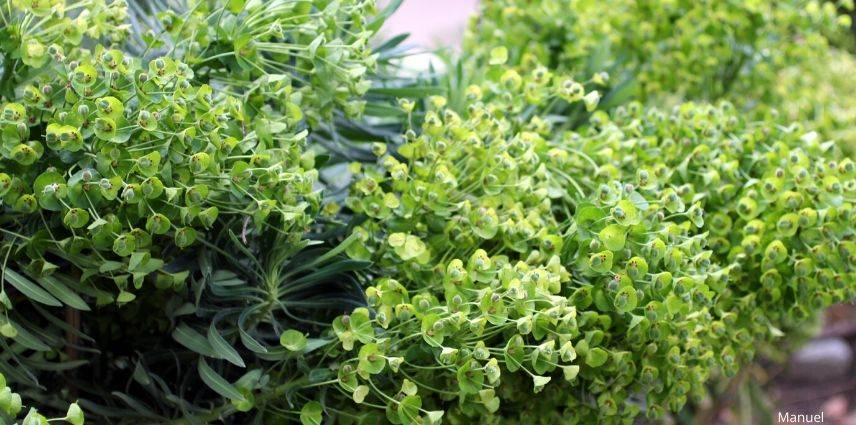
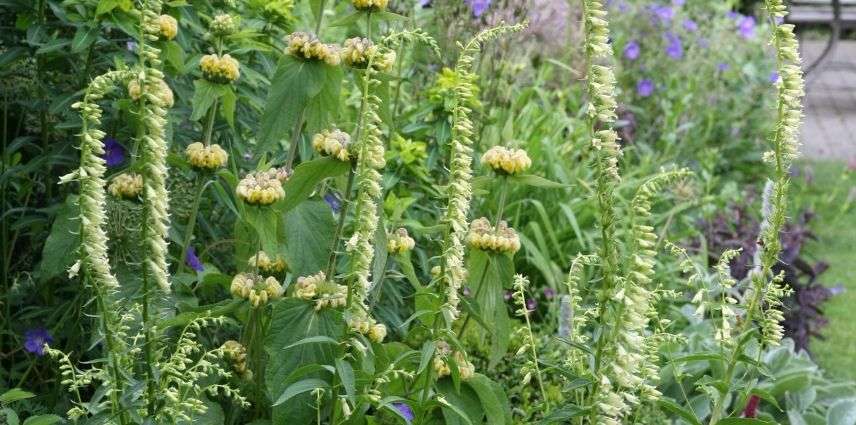




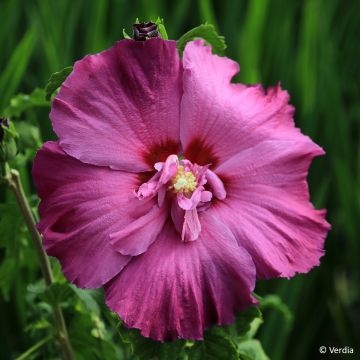
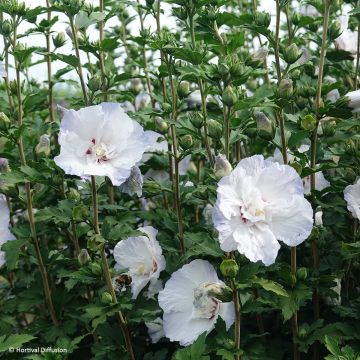


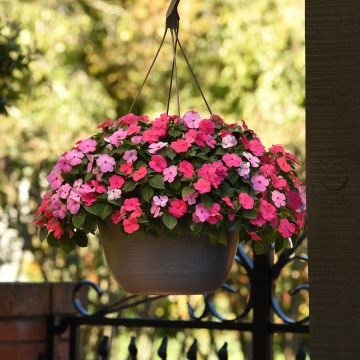
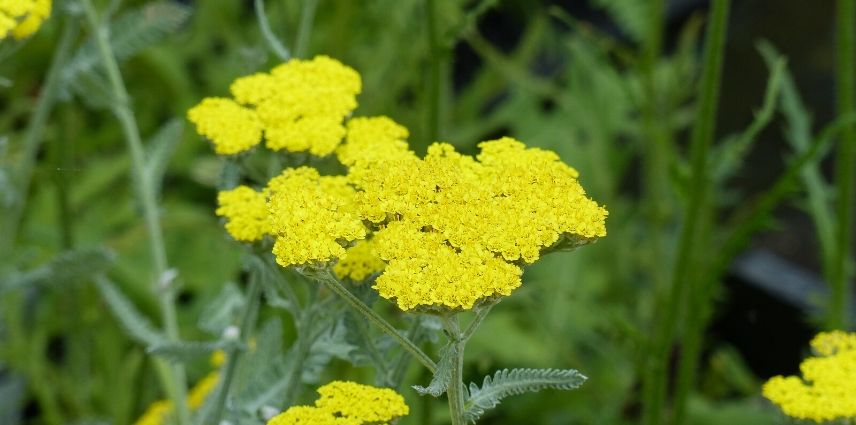
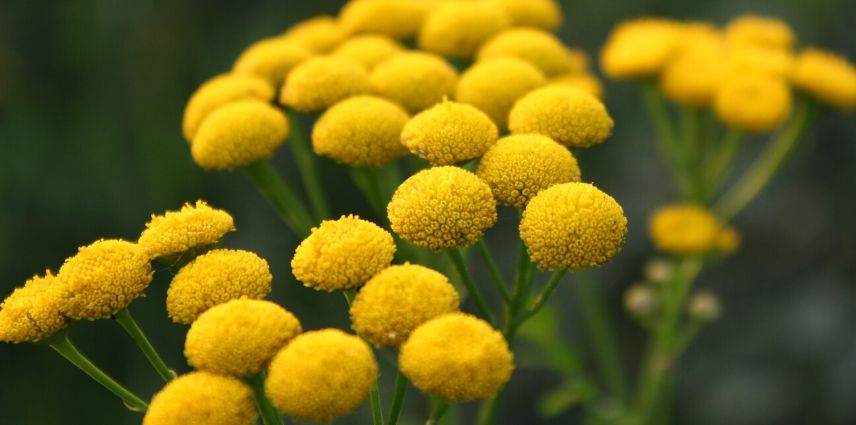
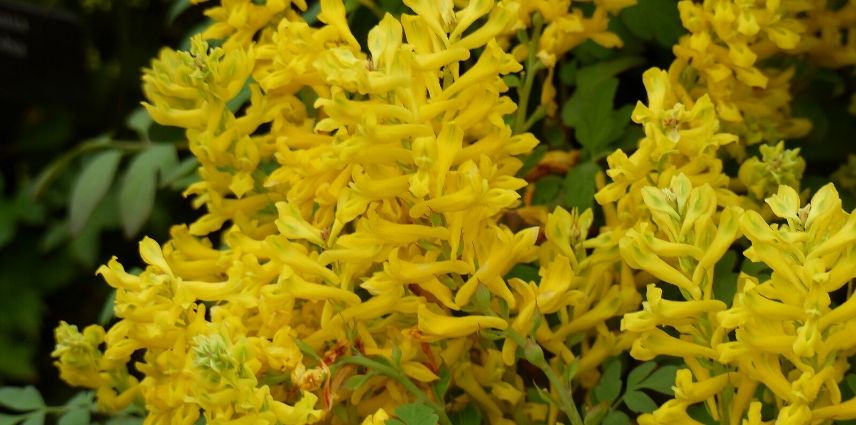
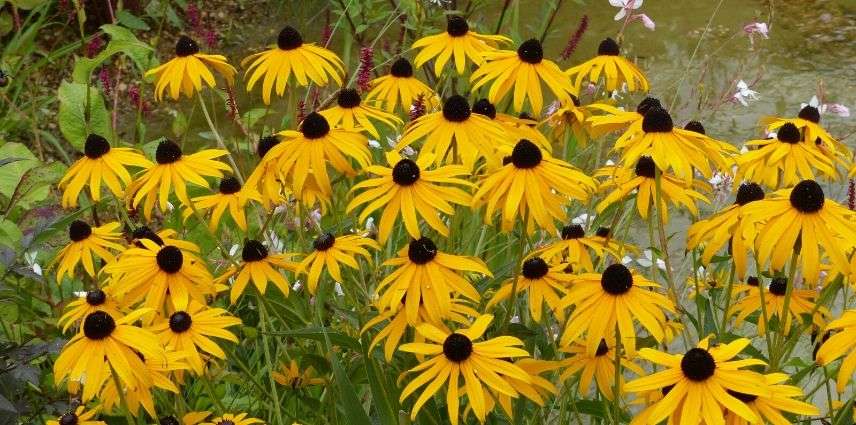

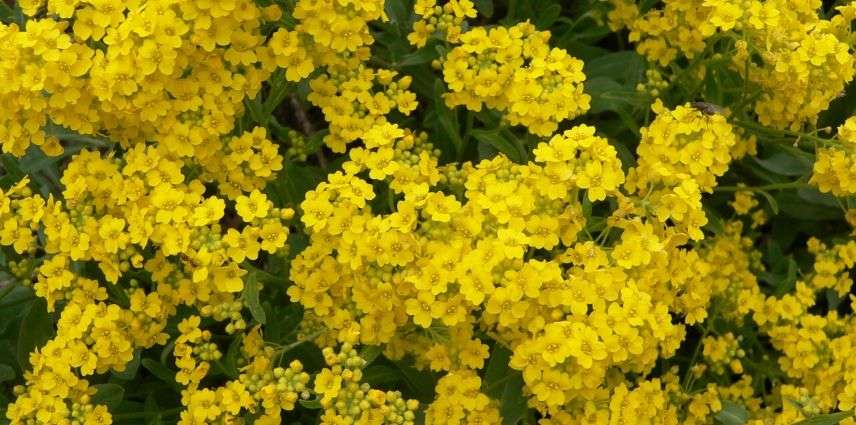
Comments